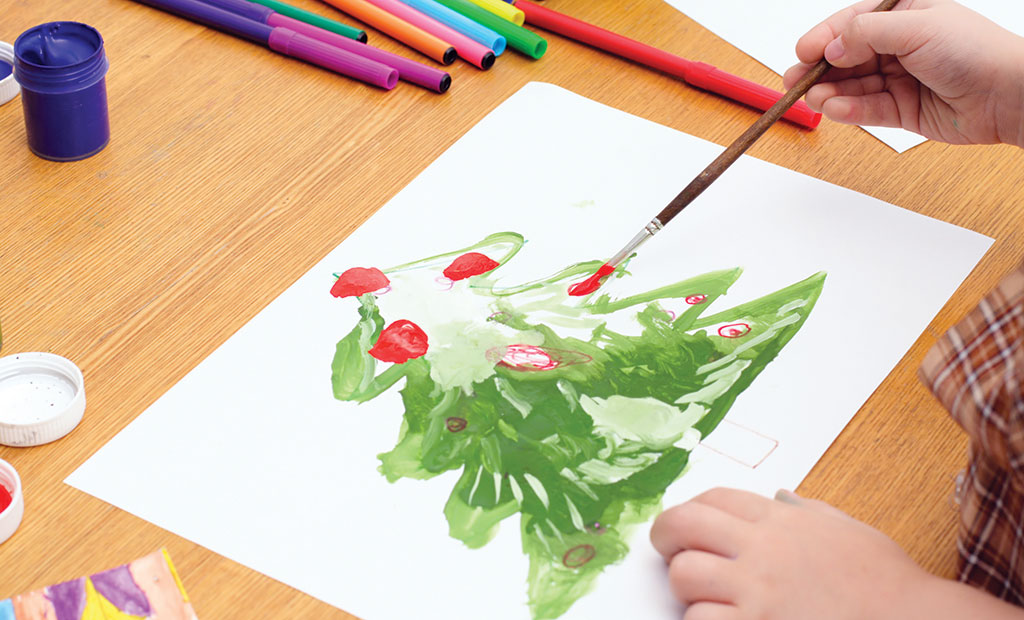A Christmas card fundraiser is an ideal PTA project. Pupils produce artwork at home or school, and the cards are professionally printed and sold to parents at a profit for the PTA. Most suppliers now offer a completely online service.
- Spotlight on Christmas fundraising
- 12 top Christmas fundraising ideas for PTAs
- Profit from personalised printed products
Speak with the school as early as possible to work out how they can fit your fundraiser into their schedule. Explain the benefits and stress the positive impact on both the children and the PTA coffers. Christmas card projects also provide educational opportunities, opening up the potential for art, English, history and religious studies, and the project as a whole can create a focus to bring the school together.
The process
You will need to create, print and deliver the cards in time for parents to write and post them, meaning a turnaround time of about six weeks. It’s best to register as soon as possible to ensure there’s time to get the cards back before Christmas.
Christmas card suppliers each have their own procedures and timescales. Visit our supplier database to find the company that best suits your needs. Many suppliers now also sell gifts, such as mugs and keyrings, to give families more choice.
Once you have registered with a supplier, ask pupils create their artwork on the order forms provided. They can do this at home or in school. Parents decide how many cards to order, and most companies accept direct online payments, meaning you don’t have to collect cash.
Depending on your chosen supplier, you will be asked to send all the artwork free-of-charge by courier or post, or upload it to a website. When printed, cards will be dispatched back to you to distribute to parents.
Tell your PTA story
One of the best ways to promote your PTA is through past successes, so why not incorporate them into your Christmas cards? Ask children to create designs around some of the best buys of the past few years. If you purchased a playground, how about Santa on a climbing frame? If you’ve funded a new library, try some elves reading books. The same approach can work if you’re currently fundraising for something specific.
Promote to parents
People are understandably careful about spending money at the moment. When advertising the project, make it clear that Christmas cards are an opportunity for them to support the school through something they’ll buy anyway. Remind parents that all your profits go to the school and emphasise how much their families will enjoy receiving something special from the children.
If you use social media, ask parents to post photos of their children’s designs as a show and tell. For a more competitive version, run a contest with categories such as ‘best use of colour’ and ‘funniest card’. Invite all the pupils to take part even if they aren't buying cards to ensure everyone is included.
For more information
- Visit our supplier database for a list of Christmas card printing companies.










.gif)